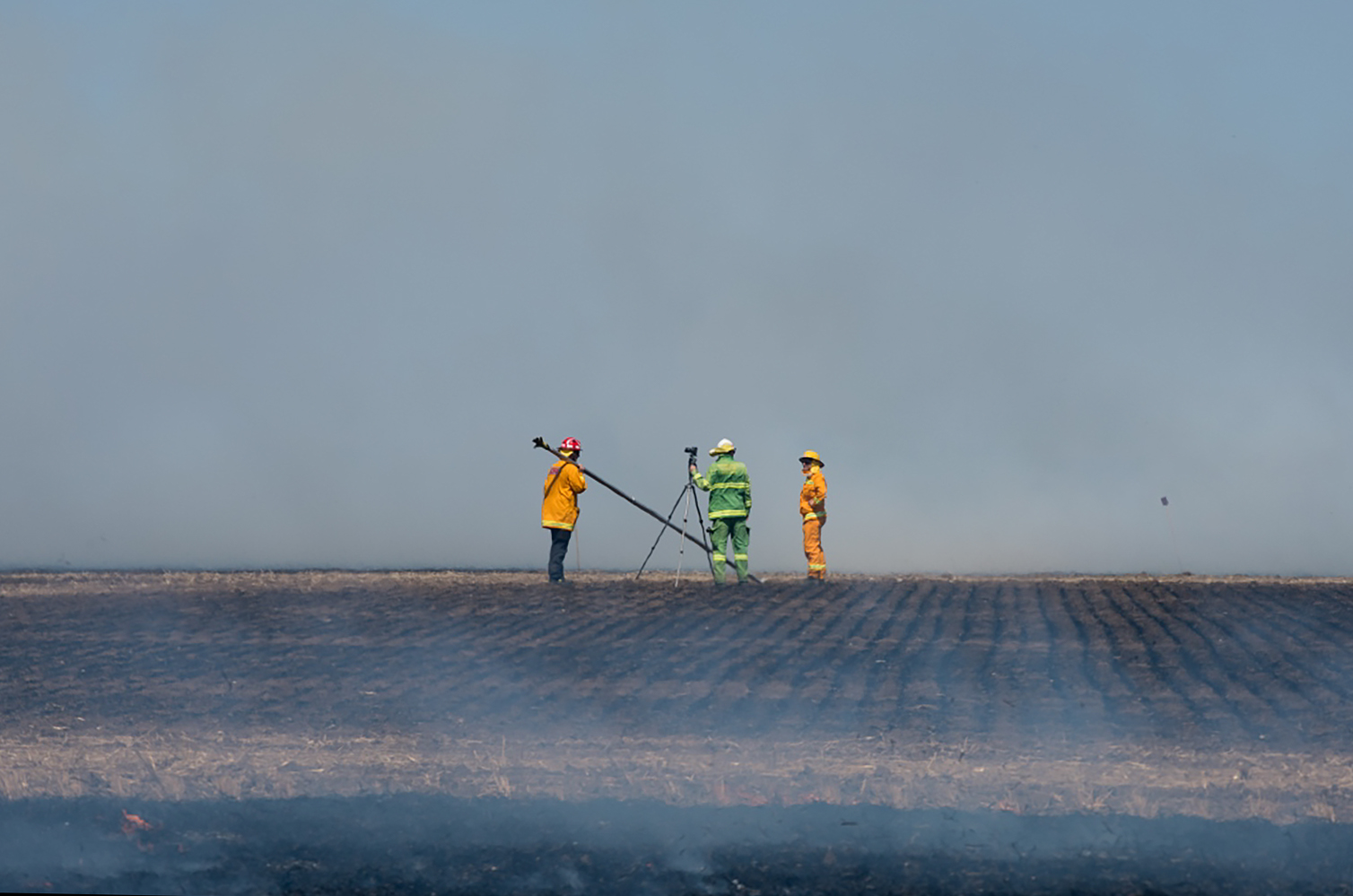
At CFA, we recognise that Victorian communities and our natural and built environments are changing rapidly. Associated with this are rapid changes in the nature and occurrences of fires and other emergencies.
To remain effective at protecting lives and property, CFA must adapt to ensure that programs and services meet these new challenges. To do this CFA requires evidence to help us understand our risks, the needs of CFA members and the needs of Victorian communities.
To achieve this, we need to work collaboratively with our industry, academic and sector partners, as well as work with Victorian communities to better understand their future needs and expectations.
The CFA Research and Development (R&D) team works across the sector to identify our challenges and develop, conduct and commission scientific projects to ensure these challenges can be met. To ensure that decisions made are supported and informed by the best available evidence, CFA has one of the strongest research and development teams in the Australian emergency management sector.
Having internal scientific capabilities and capacities in CFA means we can:
- be effective and informative when communicating within CFA and with communities
- develop an ability to anticipate and manage the risks of fires and other emergencies under changing climates in dynamic landscapes and emerging residential settings
- develop, deliver and assess innovative fire prevention, preparedness, response and recovery strategies and products in increasingly complex circumstances
- increase our knowledge to improve performance, services and outcomes for communities and CFA.
The R&D team includes scientific and technical professionals who conduct and manage high-quality research, develop products and innovate to improve operational and strategic bushfire management. The team works with other fire agencies and research organisations, and provides scientific advice to inform CFA policy and procedures as well as communicating findings internally and externally.
Key project areas
The R&D team is involved in more than 40 research and development projects. These include projects that better determine our risks in relation to fire and climate, research into better ways to measure our fire suppression effectiveness, work to better engage with communities, and development work to produce innovative tools and products that provide better information to those making decisions. Some of the key project areas are:
- fire suppression and effectiveness – there are many ways to fight a fire and we are investigating ways to improve how we do things so that fires can be safely extinguished with few impacts to lives and property
- landscape risk and fire behaviour – we have a number of projects that are trying to better identify when and where fire risk changes in the landscape
- climate change – we have predictions of how fire weather will change with climate change, but to understand how fire risk will change we are carrying out several research projects
- social science – projects are helping us to understand the needs and expectations of CFA members and community members to successfully use decision-making support tools
- innovation and development – the R&D team is at the forefront of developing products, systems and tools that provide information to those making decisions. For example, the Air Attack Supervisor tool is an information dashboard that brings together air attack information. This allows individual fires to be reviewed so we can understand suppression effectiveness and fire impacts.
| Submitted by |
News and Media |